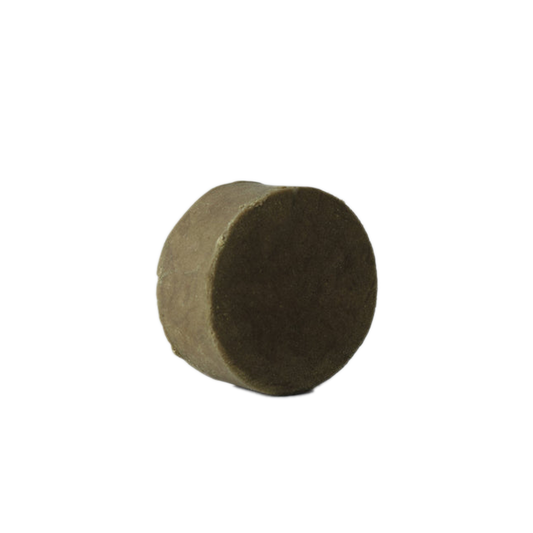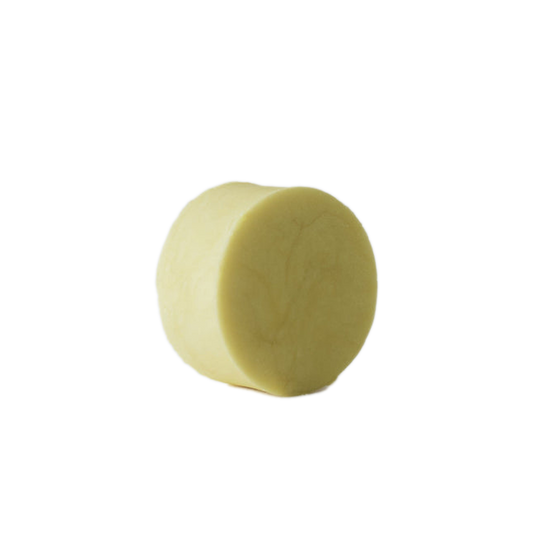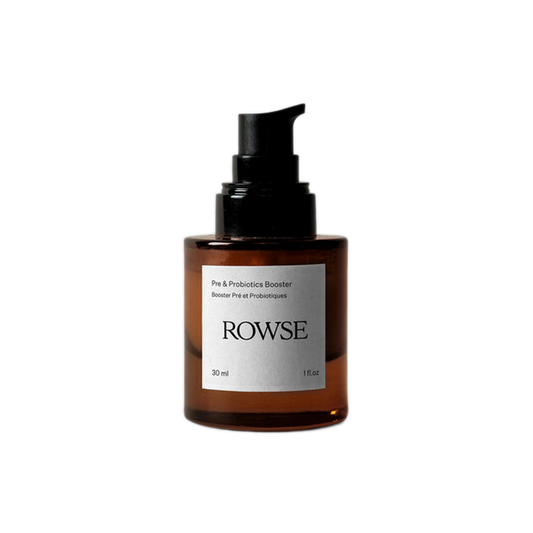From plastic filled beaches to washed up whales, the images that show the damage that plastic in the ocean is having on the planet’s wildlife are truly devastating. Although larger culprits such as plastic bags and fishing nets look as though they are taking up the most room, ‘microplastics’ could also be significant contributors to the issue.
Categorised as pieces of plastic smaller than 5 millimetres, microplastics are tiny, some even be too small to see with the naked eye, but these particles are making their way from our everyday lives into the waterways and into marine life mistaking it for food. Particles lighter than seawater such as polypropylene float and disperse widely across the oceans, eventually accumulating in gyres resulting from oceanic currents such as the ‘Great Pacific Garbage Patch’, whilst heavier plastics sink to the ocean floor. With multiple studies showing that microplastics have now been found in our diet, primarily through table salt and seafood, the time for change is now.
According to a report by the International Union for Conservation of Nature, microplastics in the ocean come from six main sources; synthetic textiles, tyres, road markings, marine coatings, personal care products and most depressingly, plastic pellets i.e. raw plastic ‘nurdles’ that have been lost or spilt during transportation before they have been made into anything. Seeing that personal care and textiles make the top six contributors to plastic pollution, we want to delve into why this is and what we can do to help prevent it.

When it comes to beauty, you may well have heard of microbeads; the small plastic particles that were found in exfoliating products across a number of brands, which have now been banned in the UK. The other significant culprit still at large in the beauty industry however is glitter. Used in products to give them a shimmer that lasts, standard glitter is not biodegradable and is easily washed into the ocean when the makeup is washed off. Although many festivals have banned the substance and a wide variety of biodegradable alternatives are available, there is not yet an official legal ban. The recent launch of Glossier Play for example caused controversy over their use of non-biodegradable glitter in the shiny, disco-inspired eye range. As an alternative, we’d recommend these biodegradable glitters from Projekt Glitter.
There has also been speculation around other plastic ingredients contained inside beauty products. The ECHA estimates that microplastics added to products result in close to 36,000 tons of plastic getting released into the environment every year and the EU has reportedly been considering a complete ban on all microplastic ingredients included in beauty products on top of microbeads. However, where micro-beads can be easily replaced with natural alternatives such as sugar and bamboo husk, for brands that use these other ingredients as part of their formula there currently aren’t very many alternatives.

According to Business of Fashion, the Cosmetics Europe research suggests that a complete ban on these ingredients would cost the beauty sector more than €12 billion a year in lost revenue whilst searching and replacing their formulas with alternatives, which larger brands may not be eager to spend. The best way to be sure is to look for products that are made with natural and organic ingredients that are less harmful to marine life.
The most significant contributor in the beauty industry is still packaging however, with plastic bottles, caps and lids making up a considerable part of the plastic problem. Either in large parts or broken down into what’s now being referred to as ‘second-origin’ microplastics i.e. tiny plastic particles that have broken off from larger pieces of plastic but never truly disappear. To combat this issue, we recommend choosing brands such as Guy Morgan who are doing their bit by using glass and FSC cardboard packaging where possible to reduce waste, or Ilia Beauty that has swapped plastic packaging for aluminium tubes to make recycling easier.

The microplastic issue is even more prevalent in the fashion industry however, with synthetic textiles being the third-largest direct source of microplastic pollution in our oceans and making up over a third of the microplastic content in the ocean. Less easy to spot, this pollution is all to do with washing our clothes. When materials such as polyester and nylon are placed in the washing machine, the high temperature and speed of the machine causes the fabrics to lose tiny threads of plastic and as there are no microplastic filters built into washing machines, these particles flow straight into the ocean. Alarmingly, each wash of acrylic fabrics can release over 250,000 plastic microfibers according to The Guardian.
Although the overall environmental impact of the fast fashion industry is vast and complex, this particular issue is thankfully slightly simpler to solve, though it takes a little time and consideration. The first step is, of course, to avoid polyester and other plastic materials when shopping in the first place, but we don’t recommend getting rid of clothes that you already own as this only contributes to waste. Plus, you may find that clothes you find second hand will be made from these materials. The next step therefore is to try altering the temperature and speed of your washing machine; 30 is often enough to clean clothes despite what the labels say and putting them on a low spin speed may require a little extra drying time but will make sure your clothes lose fewer threads in the process. For the final eco-friendly step, we recommend getting hold of a ‘Guppy Friend’ bag. Dedicated to putting a stop to micro-waste, these bags are designed to hold your washing inside the machine and have a filtered lining to prevent microplastics from escaping into the waterways.
Although it’s no understatement to say that our ocean is in critical condition, it’s not all doom and gloom. There are undoubtedly everyday changes we can make to help reduce the impact and shaking up the way you use fashion and beauty can have a significant impact. Along with the beauty brands we stock at Glasshouse Shop, there are also plenty of quality, slow-fashion brands emerging that support the use of more sustainable fabrics such as Glasshouse favourites The Acey.
If you’re interested in a more hands on approach to ridding our shorelines of plastic, we recommend taking a look at the National Trust website to find a beach clean-up near you.
Featured image: Yumna Al Arashi
Words: Phoebe Grace Ede




